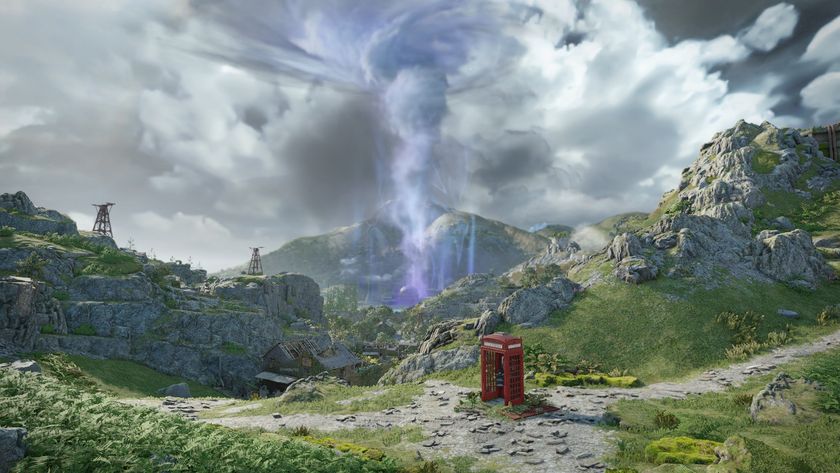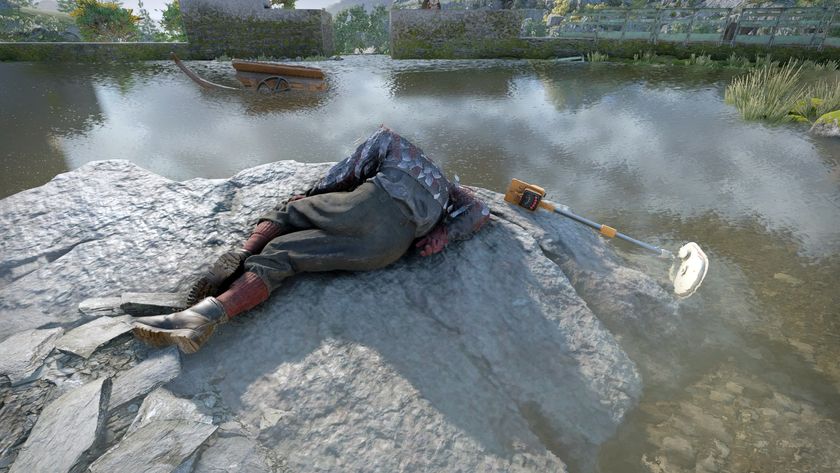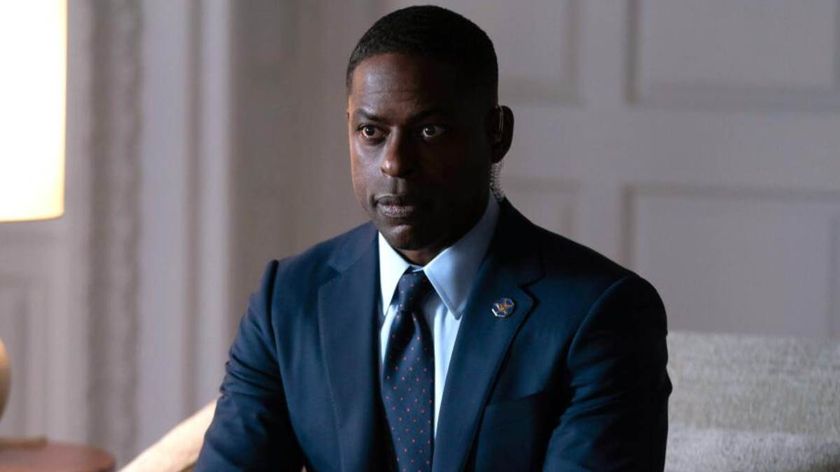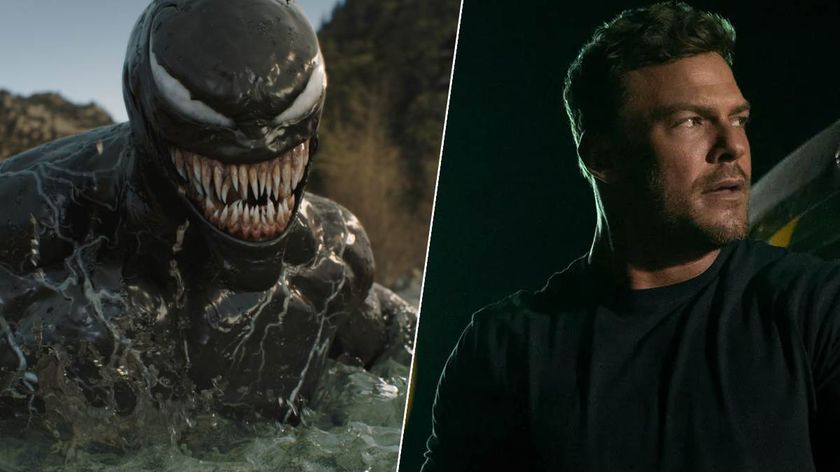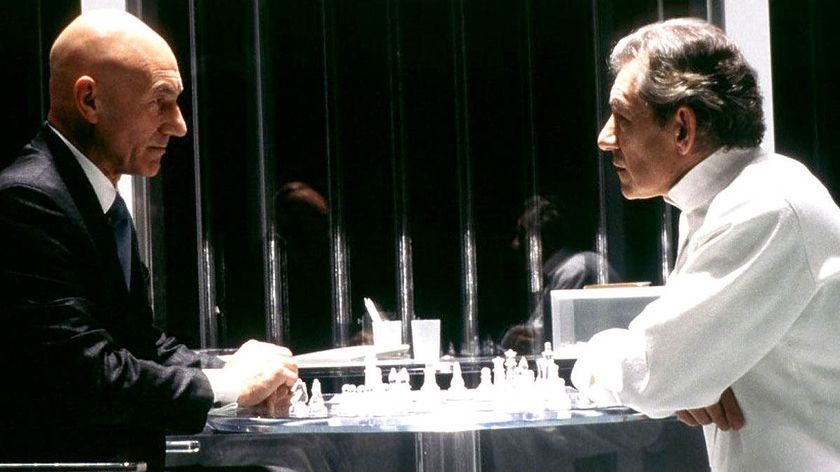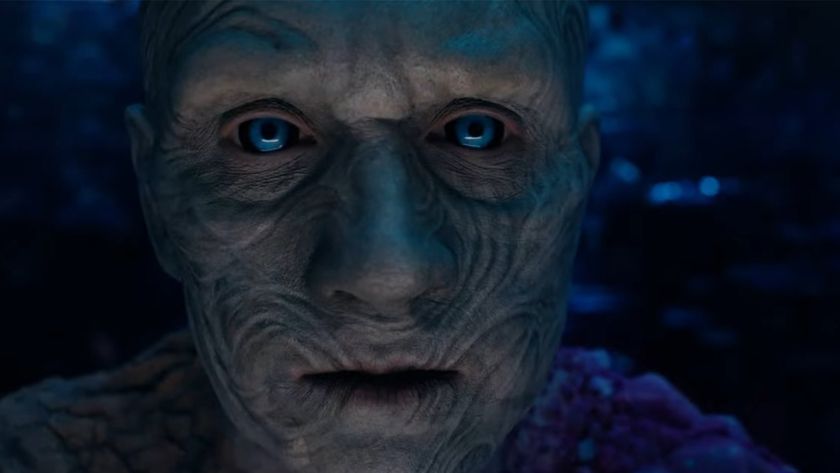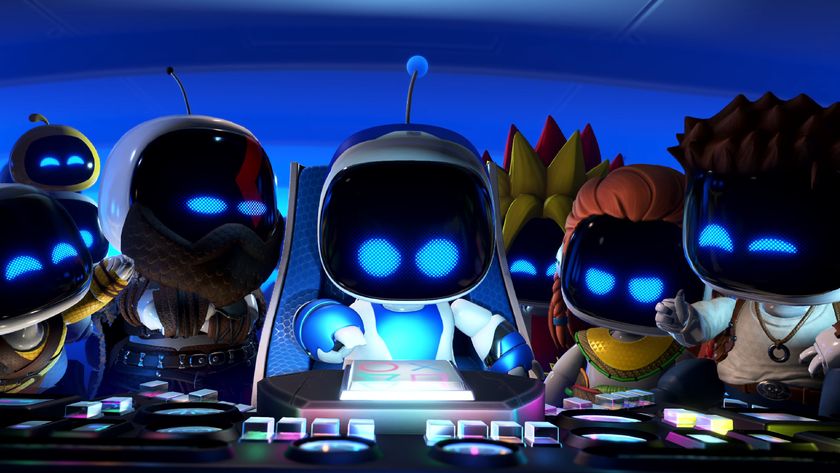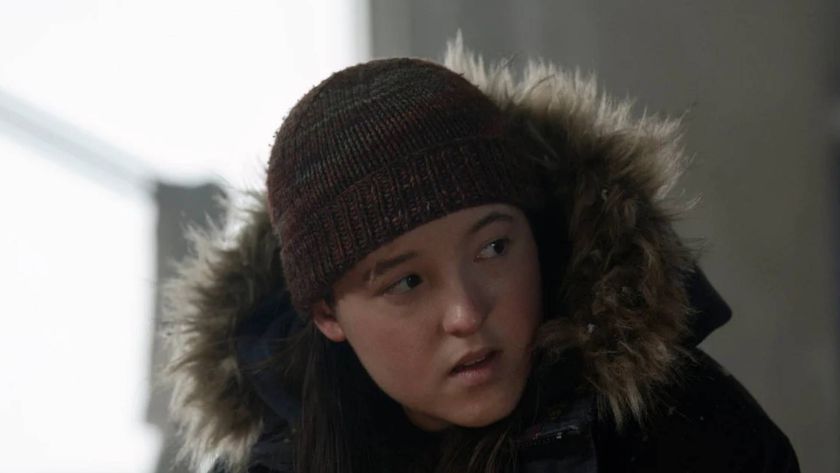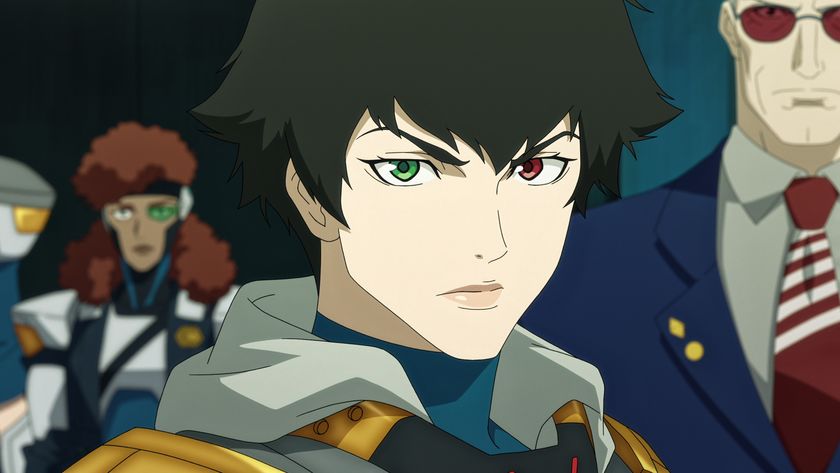The Forest is brilliant, bloody and brutal – why have I slept on it for so long?
I'm so late to the party, but The Forest is in the running for my personal game of the year

Squelch. Crackle. Crunch. Cackle. I can't think of four words that better describe my time with The Forest so far. Crawling its dark caverns and fighting its crazed cannibals has been exhilarating and exhausting, and despite being 10 hours into this Lord of the Flies meets Resident Evil by way of Outlast and DayZ affair, I'm certain I've barely scratched the surface. Generally speaking, I can take or leave survival games, but The Forest effortlessly weaves old fashioned horror – jumpscares, unpredictable enemies, nefarious corporations, unseen and awful-sounding terrors that lurk in the dark – around its survival mechanics; a move that keeps both elements intrinsically tied, while somehow also making them feel like separate, independent things. Combine this with the game's open-ended structure with a narrative focus, and you have something that straddles the horror, survival, and survival horror genres simultaneously. It's very clever.
Now, anyone who's played The Forest over the last eight years already knows this. You might have first jumped in when Endnight Games' multifaceted scare-n-craft 'em up debuted on Steam's Early Access initiative way back in 2014 on PC. You may have first descended on the game's setting, The Peninsula, when it launched in full on PS4 four years later. Or, like me, you might be taking your first tentative steps into The Forest in the final stretch of 2022, all the while thinking to yourself: Bloody hell, this game is absolutely brilliant. How on Earth did I manage to sleep on it for so long?
Breach holiday
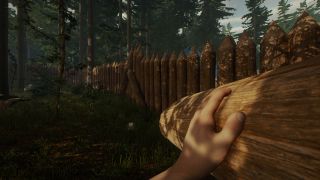
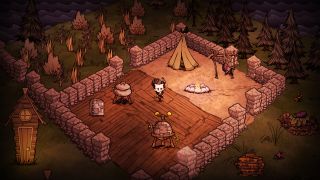
Bloody hell is certainly one way to describe The Forest, because death and slaughter are omnipresent themes from the outset. After your flight aboard a passenger jet inexplicably crashes, you find yourself separated from your son when, among the wreckage, a strange, naked figure scoops him up, and carries him off. When you regain consciousness in the husk of the plane's battered fuselage, everyone else is either gone or dead, and so begins your journey into the surrounding area. Equipped with an ax, a lighter, and a survival guide, all the universal survival genre gubbins quickly come into play as you search for survivors and your son – such as managing your hunger, thirst and energy; building shelter, hunting traps and camp fires; and crafting the weapons and armor you'll use to fight with, and defend yourself against a feral society of cannibalistic mutants.
Story-wise, The Forest takes a light touch in its early stages. You're free to roam and explore in pretty much any way you like, which might mean building sprawling bases, hunting for food, scavenging for supplies, or just pottering around inside a gorgeous and deceptively large sandbox filled with trees and rolling hills and streams. Before long, though, you'll be forced underground, into the dark and cavernous lairs of the natives, each one riddled with human effigies, and the severed limbs of hapless tourists past. One particularly steep descent down a stony pathway sent me tumbling after I slipped on a mound of gutted, bloodied organs – human remains in varying states of decay being an increasingly permanent fixture the further you delve beneath the surface. Just remembering the noise of doing so makes my stomach turn. Squelch.
Once back on my feet, I lit the cloth I'd tied around my ax to both light the way and give my weapon a wee bit more oomph. Crackle. A surprise attack culminated in me chopping one vicious cannibal to death, before frantically hammering my lighter's flint to reilluminate the room in search of this guy's buddies. Crunch. And of course while I couldn't see them, I could hear them. Everywhere. Sniggering, giggling, outright laughing at my impaired sense of sight and direction, bumping into walls and swinging my ax at shadows. Those bastards. Cackle.
Light at the end
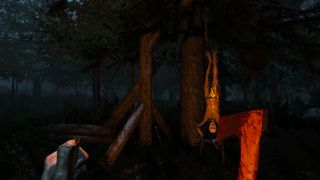
"Like any survival horror game worth its salt, the unseen is often just as scary as what's stood before you – and that's definitely true of The Forest."
Like any survival horror game worth its salt, the unseen is often just as scary as what's stood before you – and that's definitely true of The Forest. That's not to say The Forest's enemies aren't terrifying on sight, of course, but they do sound positively awful. The game's cannibal baddies move so quickly too, often hunched over on all-fours, hunting in packs and rounding you like dogs. Their movements are hard to predict when they're shambling about in the open, but taking them on deep within their dimly-lit lairs makes them especially hard to track, in turn making you feel especially vulnerable.
Through all of this, The Forest leverages a sense of aimlessness unique to the survival genre, where you'll endure long stretches of plundering caves, living off the land, and slaughtering scores of hostile baddies without even a sniff of a plot thread. The feeling of delight after making even the smallest of discoveries after these spells, however, feels amplified, and while (thank Christ) I've never survived a plane crash and found myself stranded on a strange island in real life, the fact that the land isn't adorned with pointers and gamified clues makes The Forest's minute-to-minute moments feel more real in game terms.
Sign up to the 12DOVE Newsletter
Weekly digests, tales from the communities you love, and more
I'm now just over the 10-hour mark with The Forest, which means its narrative conclusion is starting to come into focus. I assume it'll offer the same variety in survival mechanics till the very end, but I've now got a good sense (I think!) of how it'll all come together, and where that could leave things for Sons of the Forest – the sequel that was originally due this year, but that was recently delayed until February 23, 2023. From what we've seen of that so far, it looks bigger, prettier, more ambitious and even more twisted than its forerunner. I'll report back once I've descended on its genre-sprawling slant on survival horror, and I'm certain I'll be once more pleased and petrified by its squelching and crackling, crunching and cackling.
Get scared with the best horror games terrifying us right now.

Joe Donnelly is a sports editor from Glasgow and former features editor at 12DOVE. A mental health advocate, Joe has written about video games and mental health for The Guardian, New Statesman, VICE, PC Gamer and many more, and believes the interactive nature of video games makes them uniquely placed to educate and inform. His book Checkpoint considers the complex intersections of video games and mental health, and was shortlisted for Scotland's National Book of the Year for non-fiction in 2021. As familiar with the streets of Los Santos as he is the west of Scotland, Joe can often be found living his best and worst lives in GTA Online and its PC role-playing scene.
